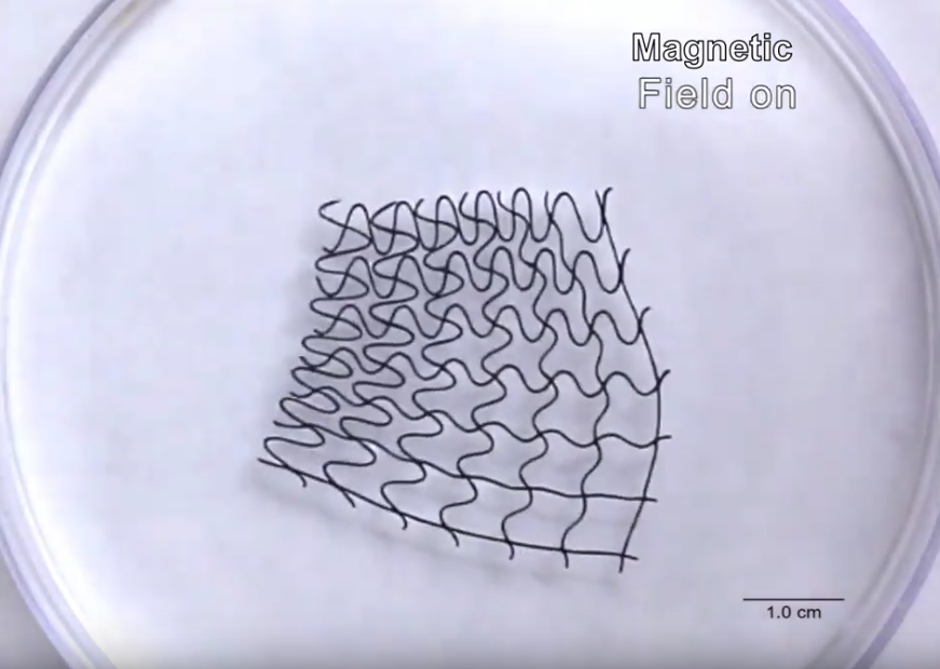3D-printed soft mesh robots take shape in medical sector and beyond
Researchers have 3D-printed soft mesh robots that reconfigure in magnetic fields and respond to external stimuli by reshaping, an advance with applications in the medical sector and beyond.

Developed at North Carolina State University (NC State), the structures can reportedly grab small objects and carry water droplets, giving them the potential to be useful as soft robots that mimic creatures living on water surfaces, or that can serve as tissue scaffolds for cell cultures.
"This research shows capabilities in the emerging field of combining 3D printing and soft robotics," said Orlin Velev, S. Frank and Doris Culberson Distinguished Professor of Chemical and Biomolecular Engineering at NC State and corresponding author of a paper describing the research.
To create these soft mesh robots, the researchers made an ink from silicone microbeads, bound by liquid silicone and contained in water.
Register now to continue reading
Thanks for visiting The Engineer. You’ve now reached your monthly limit of news stories. Register for free to unlock unlimited access to all of our news coverage, as well as premium content including opinion, in-depth features and special reports.
Benefits of registering
-
In-depth insights and coverage of key emerging trends
-
Unrestricted access to special reports throughout the year
-
Daily technology news delivered straight to your inbox










Water Sector Talent Exodus Could Cripple The Sector
Maybe if things are essential for the running of a country and we want to pay a fair price we should be running these utilities on a not for profit...